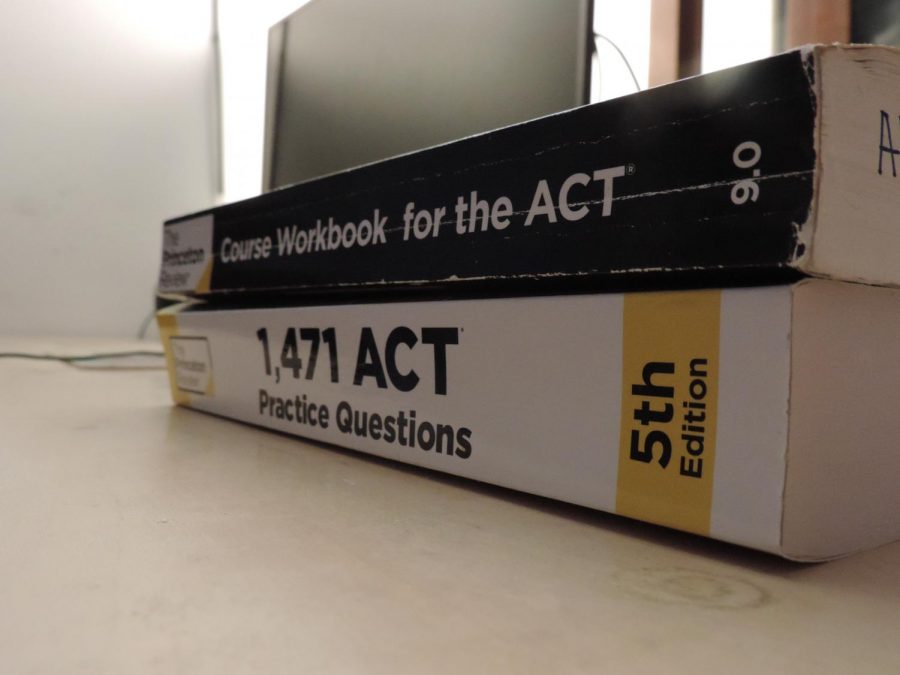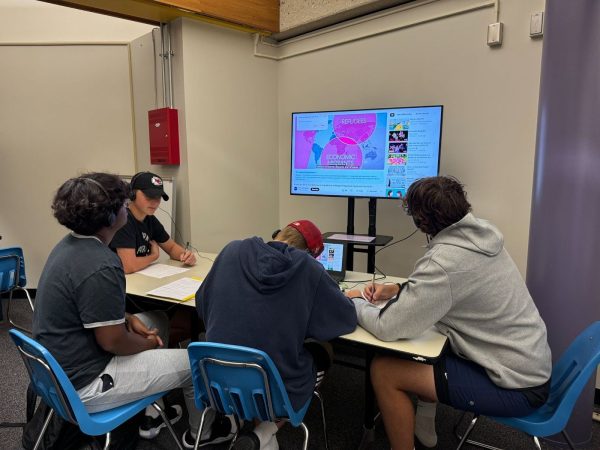Students Begin Early Prep For April ACT
As district wide ACT testing on April 2 approaches, juniors begin to prepare. Because of the importance of the ACT, students will often use various methods of extensive preparation such as online tests and classes. Fortunately, North provides resources such as these for all students.
Helpful for students currently preparing is taking multiple classes, one of them offered by North.
“I went to Maryville during the summer to get help and did an ACT prep [course] last semester. I also got an ACT prep book which I sometimes take practice tests on”, said junior Iker Vazquez. North also offers an ACT prep course during the school year. The course includes an ACT prep book, titled Course Workbook for the ACT by The Princeton Review and is offered to all students who take the course.
Students can also take practice tests online for more accessible and unlimited practice. However, one may still wish to take written practice tests due to the official test being written as well.
“[When preparing for the ACT,] there are good online sources, and these are good for helping students learn concepts they might not understand. But since the actual test is still written, I suggest also practicing that way. There are printed booklets in the guidance office, and you can get practice books at Half Price Books or other bookstores and online,” said English and ACT Prep teacher Debbie Banashek-Twist.
The test consists of four multiple-choice tests (math, english, reading, and science) as well as an optional writing section. The test assesses a student’s readiness for college. This includes assessing what the student should have learned in their high school classes. “Read books and pay attention in math class,” said senior Etai Dean, who earned an overall score of 35 on the ACT.
Another factor of excelling on the ACT is taking the test effectively. Time management is key to success. “[When taking the test], don’t take too long on any one question. All questions are worth the same amount, so there is no point in spending five minutes on one thing when you could answer six other questions in that time,” said Banashek-Twist.
By the five minute warning, it is important to fill in all of the answers in a section. “[When time is almost up,] don’t leave anything blank, but be sure to guess on anything you don’t know and fill in all extra bubbles at the five minute warning. Being familiar with the test will help students achieve these because they will get a better sense of timing and be more used to how the test works,” said Banashek-Twist.
It’s important to make sure the night before the test to get a good night of sleep, eat a full breakfast, and to report to school on time. Remember to bring a non-graphing calculator, snack, number two pencils, and your school ID or driver’s license. While the the April 2 test is free for all juniors, they can pay $50.50 to take the test again without writing and $58.50 for the test with writing.
“Overall, go in with a positive attitude and remember you can always take the test again, so no one testing session will determine your future,” said Banashek-Twist.

Hey, my name is Aiden, and this is my second year as a staff member for the Norsestar newspaper. This year I am a Podcast Personality, and I am really...





![There are many AI sites and apps available. “You don't [stop students from using AI] - you teach them how to use it,” social studies teacher Melody Barger said.](https://pnhnorsestar.com/wp-content/uploads/2025/01/AI-600x400.jpg)





